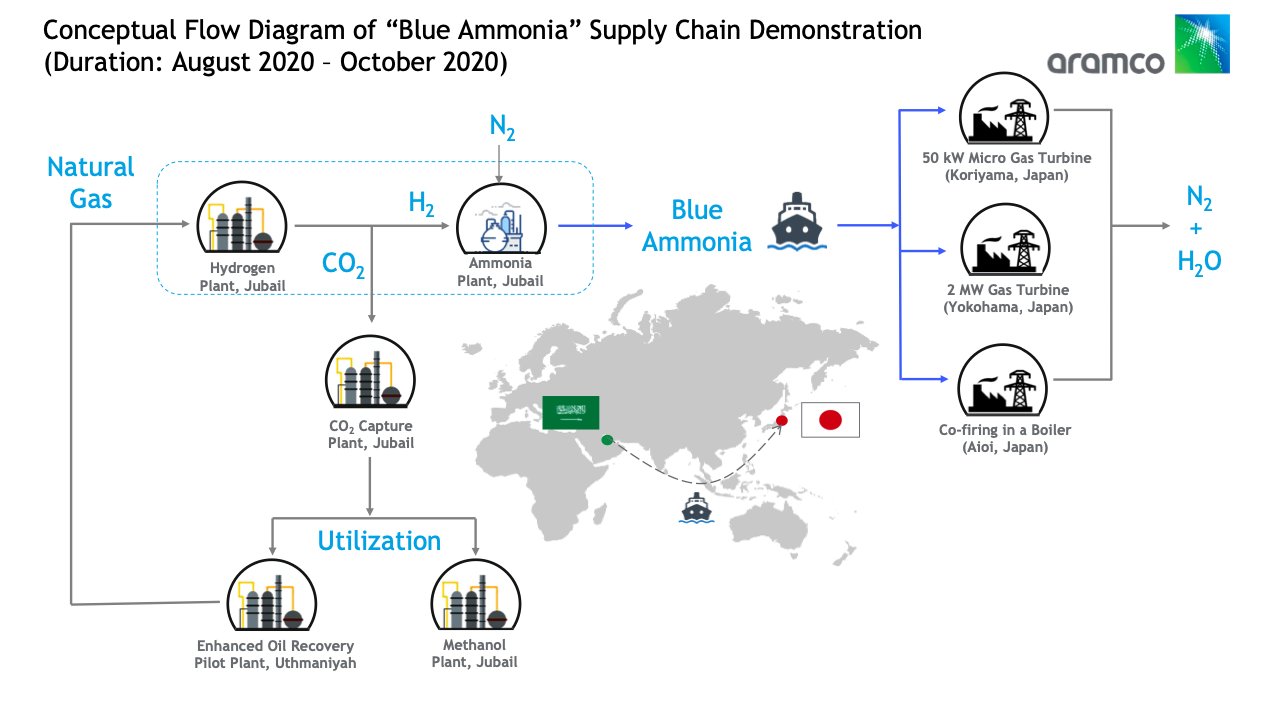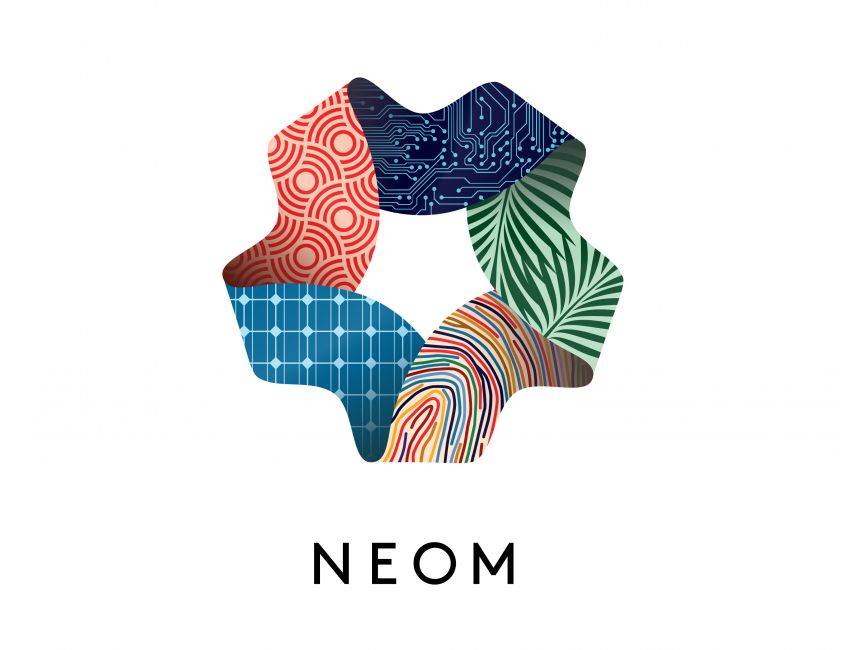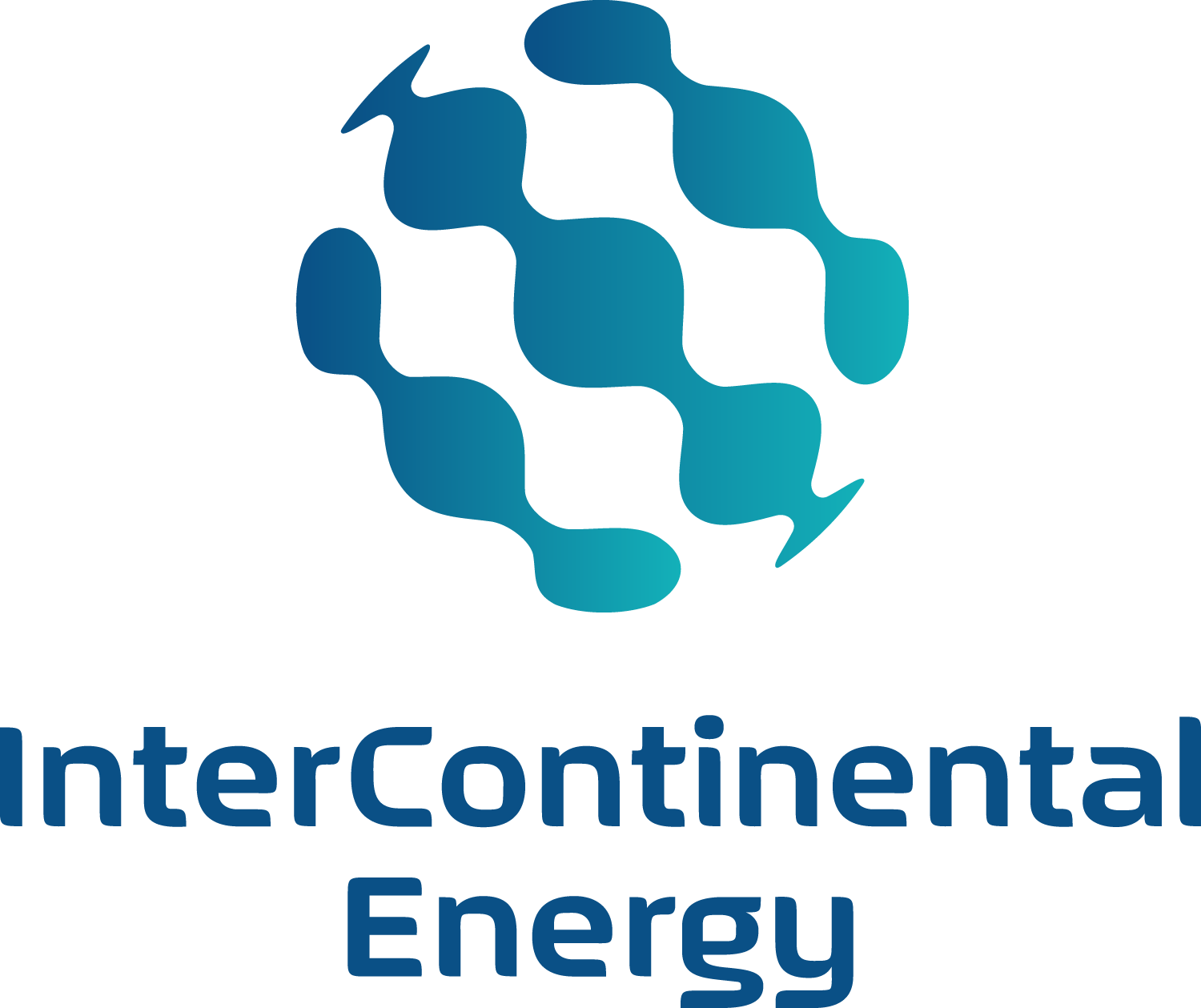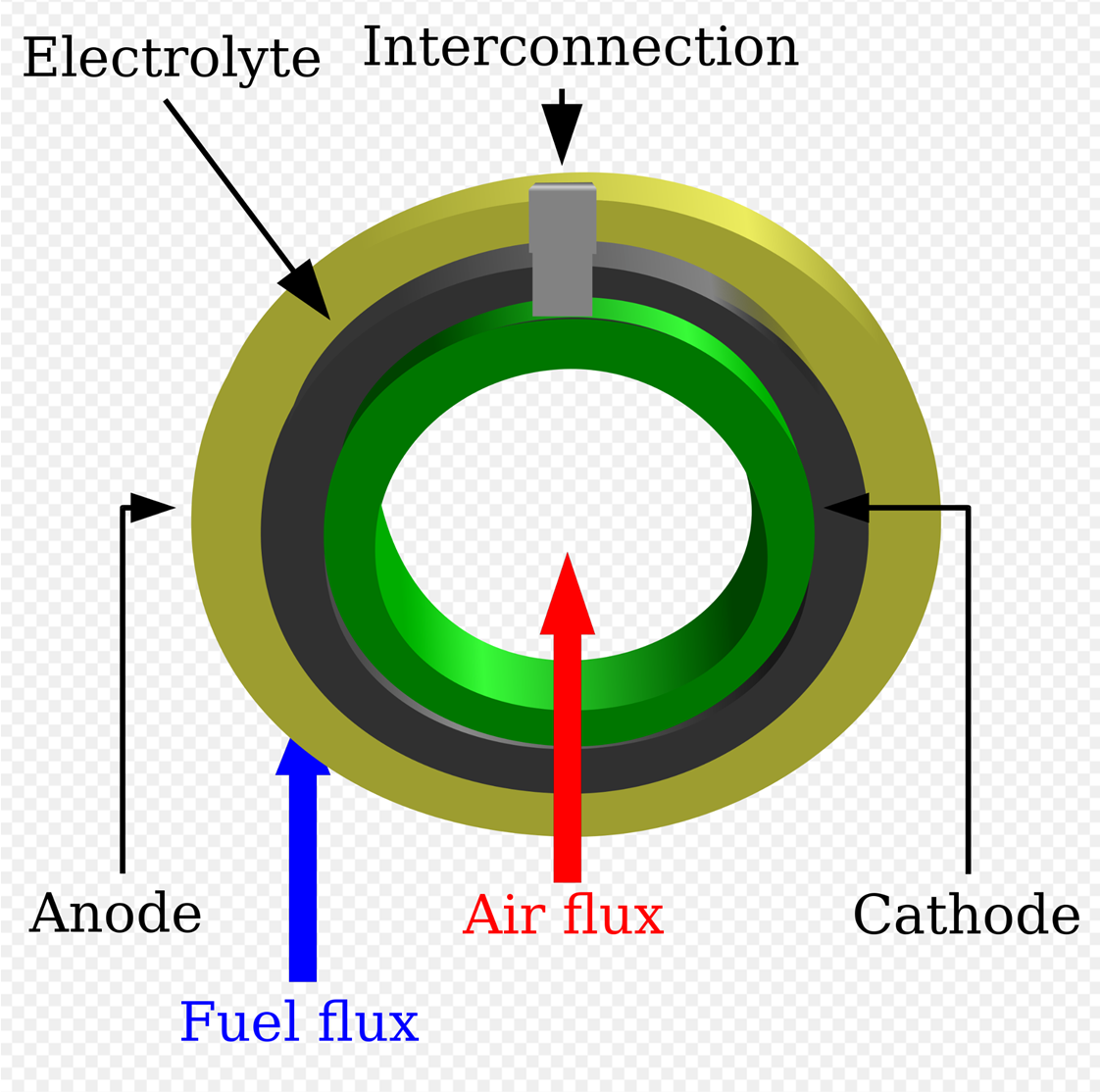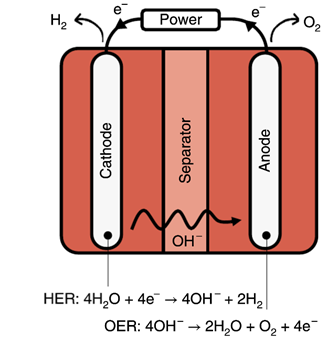The Cost of CO2-free Ammonia
If ammonia is to be introduced into the energy system as a CO2-free fuel, its cost must be at least competitive with that of other CO2-free fuels such as CO2-free hydrogen. In the discussion below I consider the cost aspect of CO2-free ammonia. To state my conclusion at the beginning, the cost of CO2-free ammonia can be less than 30 yen/Nm3-H2, which is the 2030 cost target for hydrogen energy set by the Japanese government in its "Basic Hydrogen Strategy” for introducing hydrogen energy into Japan.

